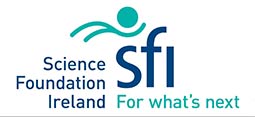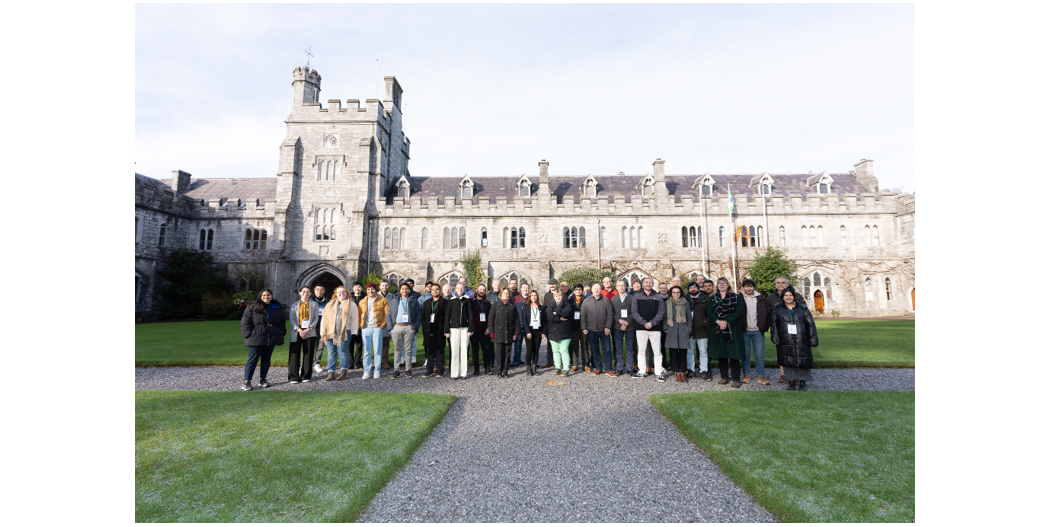Ultra-sensitive cavity-enhanced trace gas detection for new atmospheric science and socio-economic impacts (AtmoTrace)
Poor air quality is a trans-boundary environmental problem involving a multitude of atmospheric constituents. Although significant and well directed efforts over several decades have led to a reduction in emissions, air pollution in Ireland, Europe and elsewhere, continues to pose risks and has adverse effects on human health, natural and man-made environments as well as on the climate on a global scale, as recognized by the Intergovernmental Panel on Climate Change (IPCC) or in the 2015 Paris Climate Conference of the Parties (COP21). Free radicals, such as HOX and NOX, are the driving forces behind the chemistry of the atmosphere, whereas greenhouse gases, such as CO2, CH4 and H2O strongly influence the thermodynamic balance of the ‘Earth system’ [3]. Knowledge of the temporal and spatial distribution of gaseous trace species is hence vital for understanding important atmospheric processes and for the development of high-level models, which are used to assess the impact of trace species from the local to the global scale.
To address these key issues in atmospheric sciences there is a clear need for sophisticated technologies enabling the detection of trace species at the lowest levels (preferably in real time and quantitatively), as well as the investigation of atmospheric key processes and dynamics.
Together with our national and international collaborators as well as public, governmental, and private-sector stakeholders, the scope of Atmotrace is the development and application of new innovative optical sensing techniques which are based on powerful direct cavity-enhanced absorption spectroscopy (CEAS) methods.
The overarching goal of AtmoTrace is to develop instrumentation for real-time detection of key atmospheric trace gases and to utilise them in atmospheric simulations and field observations, in order to increase our understanding of the chemical and physical processes governing both air quality and climate.




